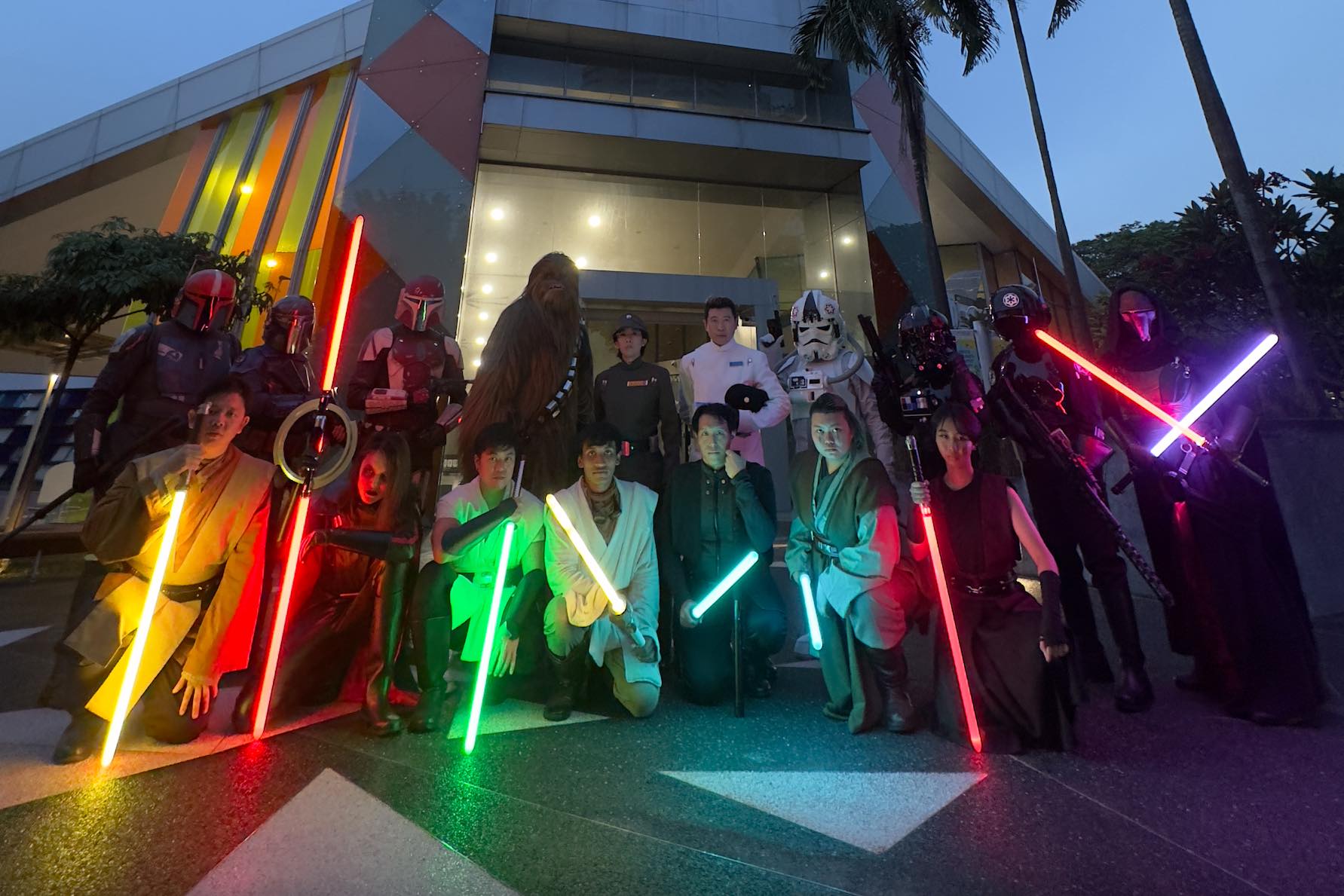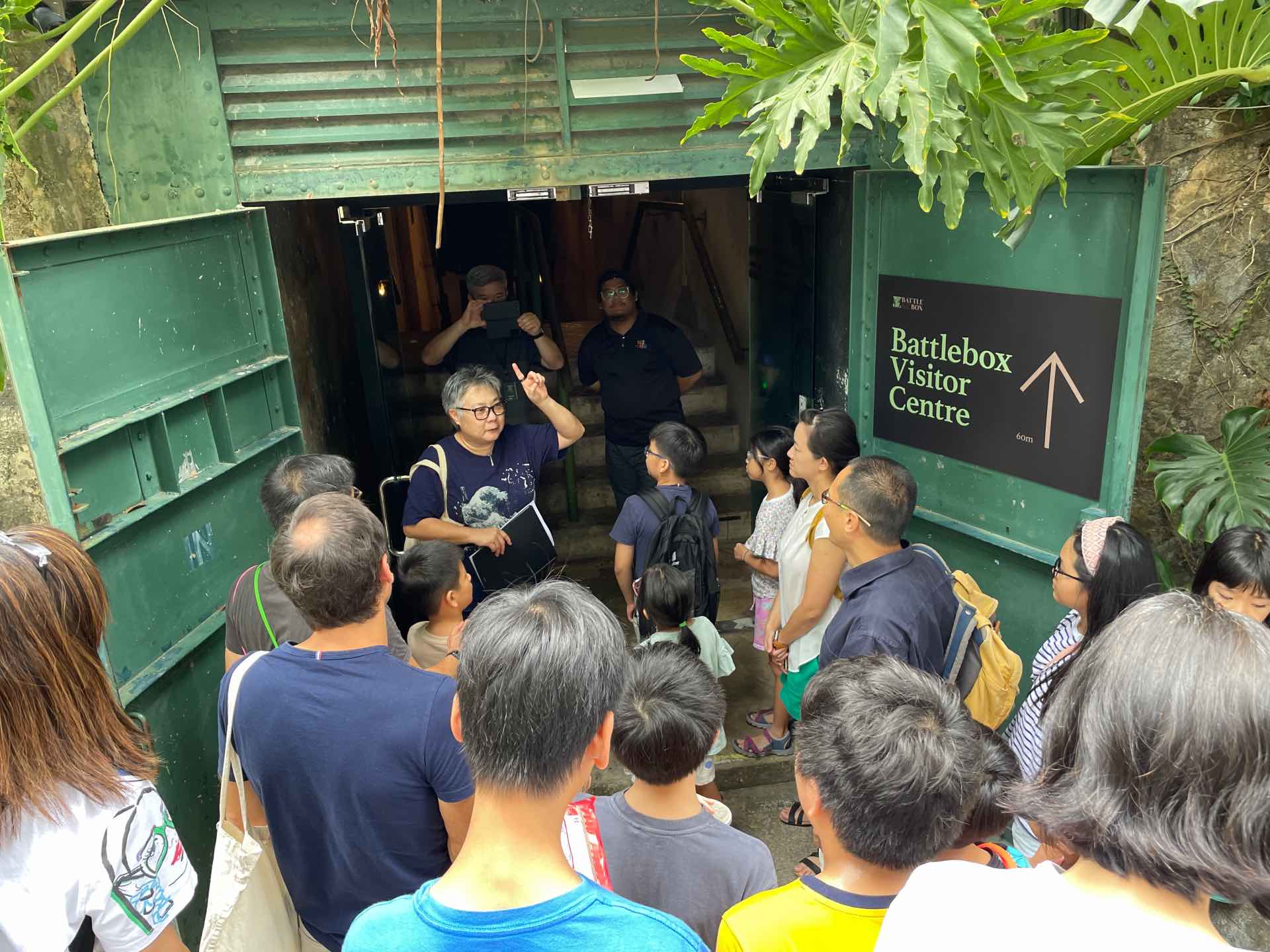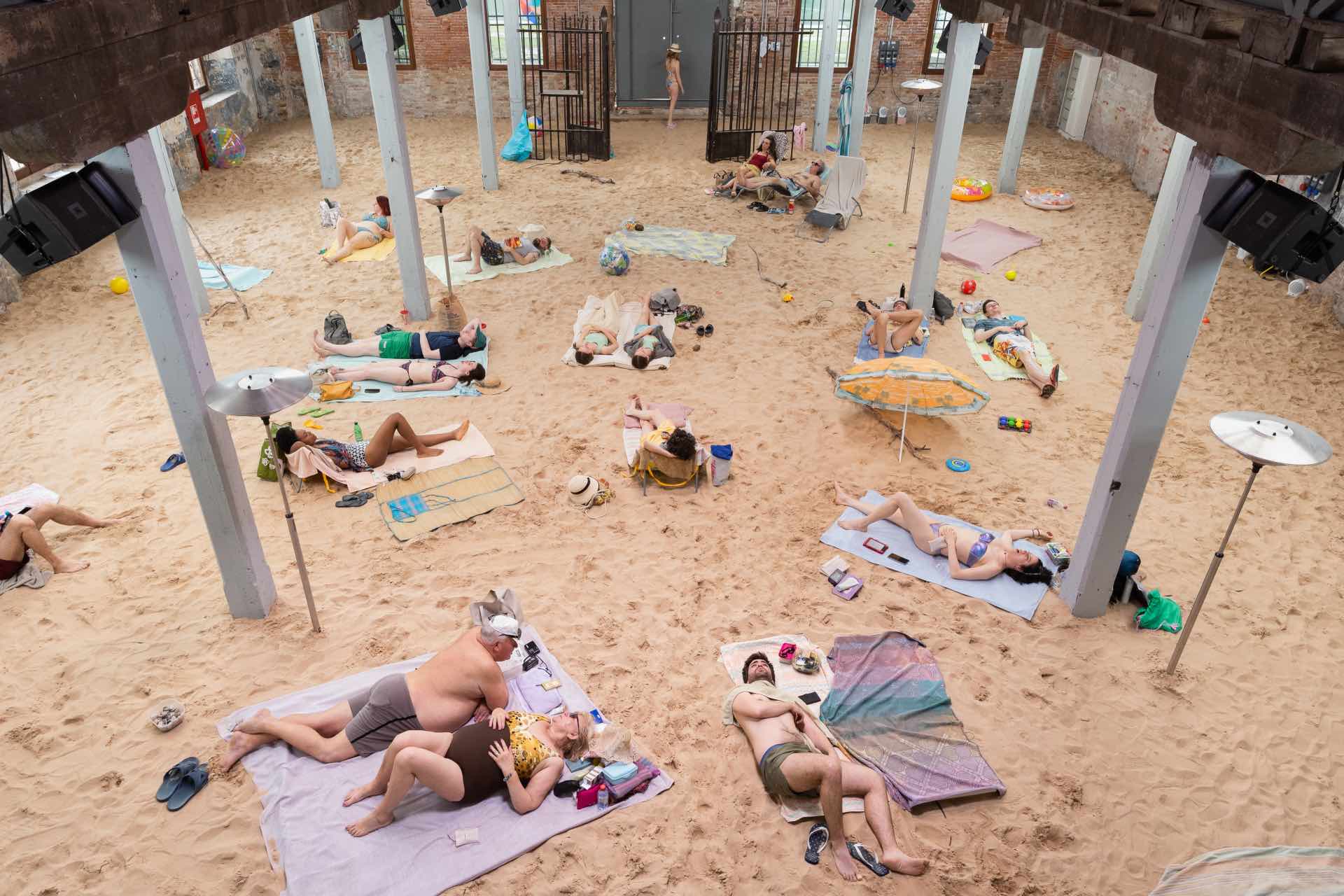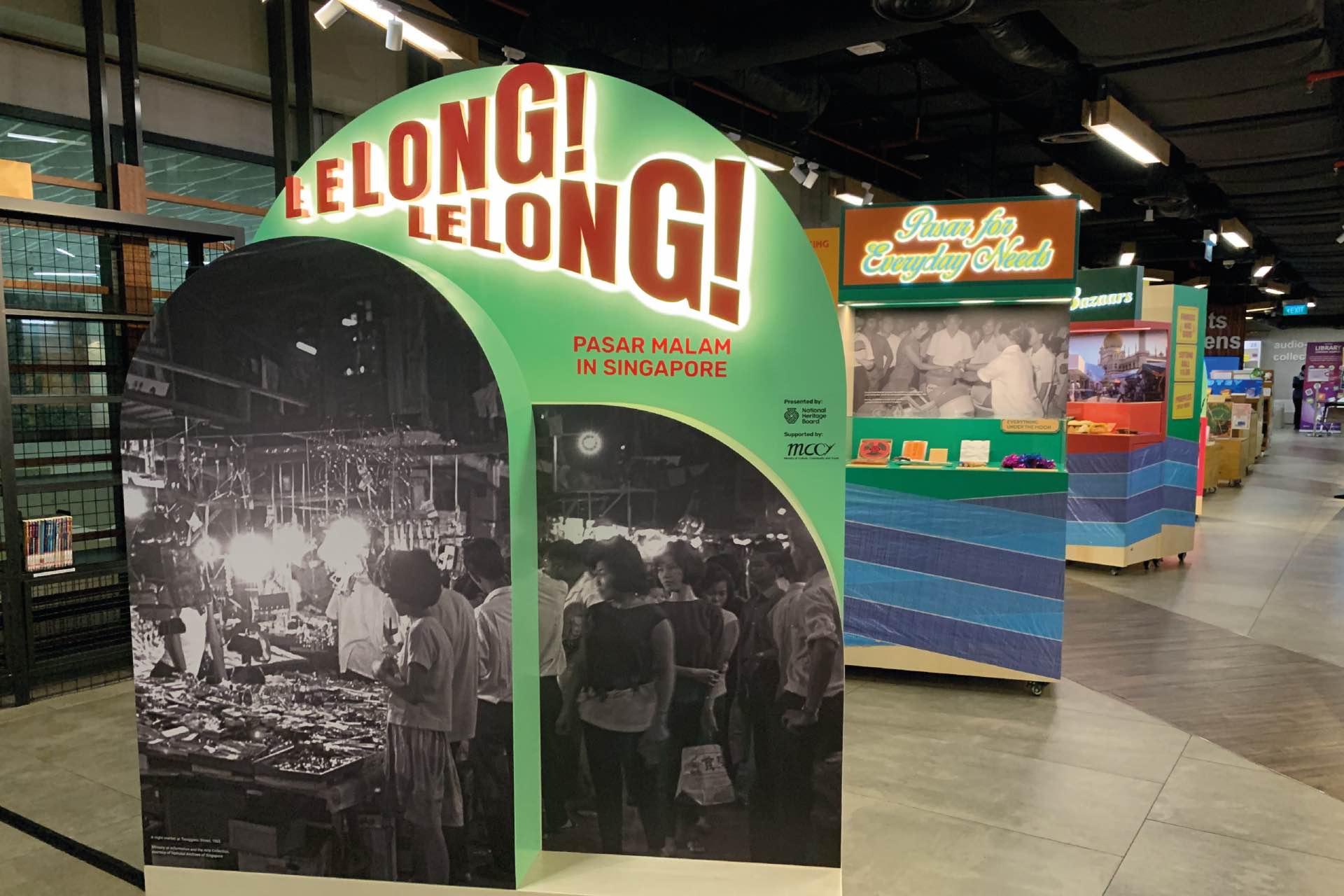The Peranakan community has always been a topic of interest, whether it’s their food, culture, practices or background we’re talking about. By definition, the Peranakans are descendants of Chinese immigrants who flocked to the Malay Archipelago between the 15th and 17th centuries, and characteristically adopted Nunsantara customs. We could go on to discuss their heritage, but see for yourself at the Peranakan Museum’s new exhibition, Amek Gambar: Peranakans and Photography from May 5 onwards.
Most of us take for granted the technology we have today. It takes a few clicks of a button on our smartphones to immortalize a special moment. Photography has come a long way, and when it first arrived in Southeast Asia back in the 1840s, the Peranakans were among the first to adopt the new technology. This exhibition, curated by independent art and heritage consultant and Peranakan scholar Peter Lee and the museum’s assistant curator Dominic Low, explores more than 160 years of photography in the region through the pictured lives of the Peranakan community.

Tan Kim Ching and family. Photo credit: Peranakan Museum, gift of Mr and Mrs Lee Kip Lee
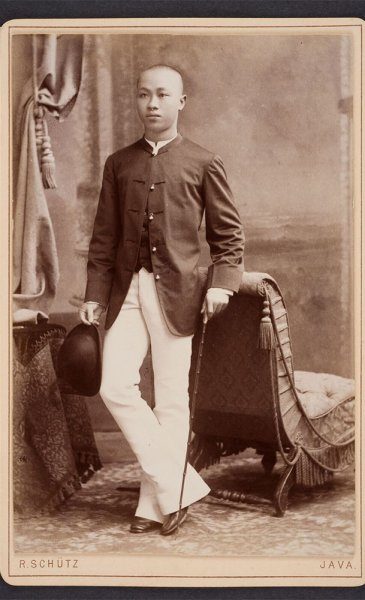
Portrait of Oei Tiong Ham (1866-1924). Photo credit: Peranakan Museum, gift of Mr and Mrs Lee Kip Lee
Spanning across two floors of the museum, you’ll see everything from century-old daguerreotypes (one of the earliest photographic processes) of Peranakans in fairly great condition to flashy digital displays of the modern Babas and Nyonyas of today. A big majority of these photos are from the collection donated by prominent Peranakan figures Mr and Mrs Lee Kip Lee—most of which were shot by photographers from famous studios like G. R. Lambert & Co.—while the rest are from Singapore’s National Collection, National University of Singapore Museum Collection, National Museum of Singapore and other Nyonyas and Babas.
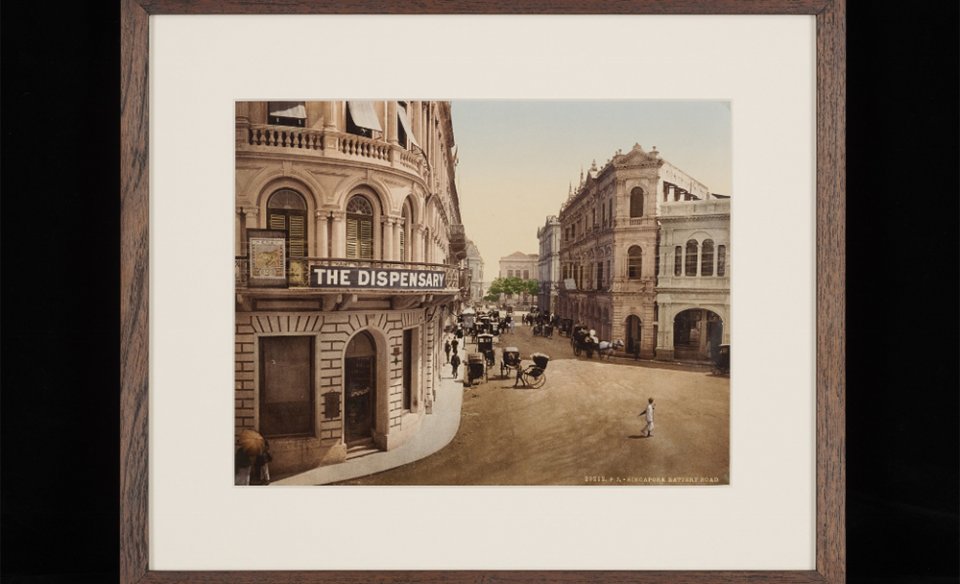
View of Battery Road, 26 February 1912. Photo credit: Peranakan Museum, gift of Mr and Mrs Lee Kip Lee
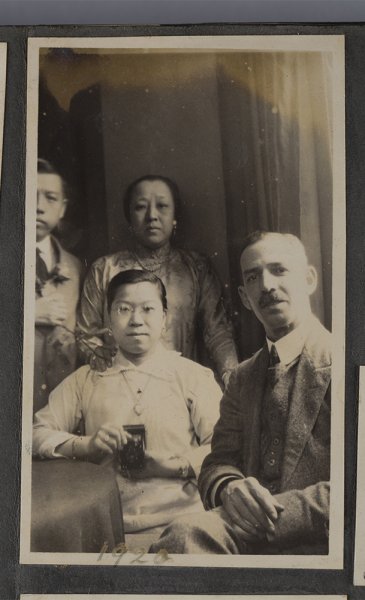
Lee Poh Neo’s selfie. Photo credit: Collection of Ivy Kwa
Besides the 1844 daguerreotype of Boat Quay and the Singapore River from Fort Canning, highlights include a stereograph of prominent Peranakan tycoon, politician and businessman Tan Kim Ching and his family (fun fact: he’s the eldest of three sons of Tan Tock Seng), an 1887 portrait of Oei Tiong Ham, a photo of a Singapore street taken with the very first Kodak camera and a group photo of the Theosophical Society when celebrated Indian poet and writer Rabindranath Tagore visited in 1927.
The curators will be hosting special tours of the exhibition on May 25 and Jul 27, if you’re interested to delve deeper into this parallel exploration of photography and the Peranakan community.
Amek Gambar: Peranakans and Photography will be held at the Peranakan Museum (39 Armenian St.) from May 5, 2018 to Feb 3, 2019. Admission is $5 for locals and $13 for foreigners.


